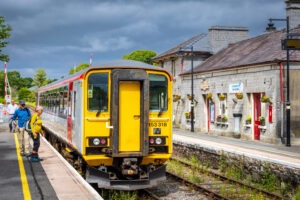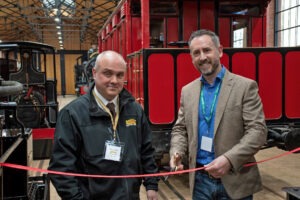Biodiversity project increase rare attraction on coastal sites

Coastal wildflower meadows are becoming a mecca for rare plant species.
Denbighshire County Council’s Wildflower Meadows project is growing biodiversity amongst coastal based areas.
The project began after the Council declared a Climate and Ecological Emergency in 2019 and committed to seeking to become a Net Carbon Zero and Ecologically Positive Council by 2030.
Latest survey figures produced by the Council’s biodiversity has revealed North Denbighshire sites are sustaining and improving the survival of local wildflower and insect species, helping the county’s biodiversity in the face of climate change.
And the sites are also fast becoming a biodiverse home to rarer plant species recorded in the Wildflower Meadows project.
Sites in Prestatyn, Rhyl and Rhuddlan have registered increases in species this year since original baseline surveys took place in 2020 and 2021 to discover what was originally found in each area.
Rare plant Hounds tongue and spotted medick have taken root on coastal sites and one Prestatyn site has both pyramidal orchids and spotted medick. This particular site is targeted for plug planting later this year where the Biodiversity team will introduce a hounds tongue plant grown at the Council’s tree nursery from seeds harvested from an already established plant growing on another coastal meadow in Prestatyn.
Cllr Barry Mellor, Lead Member for Environment and Transport, said: “We are pleased to see that these sites are giving these rare plants a chance to improve and support our biodiversity in Denbighshire.
“We are working hard to protect our local biodiversity from the impact of climate change which we are seeing right now. All of our established wildflower meadows are playing their part in this, what they can produce year on year is important for making sure we can protect all the local species we have and grow this protection.
“It takes time for our meadows to establish and I am really pleased to see from the survey carried out that the growth of our coastal ones are providing a more biodiverse area to support our local environment. The figures produced by our Biodiversity team clearly indicate the management being undertaken is having a positive impact on our continuing work to tackle climate change.”




